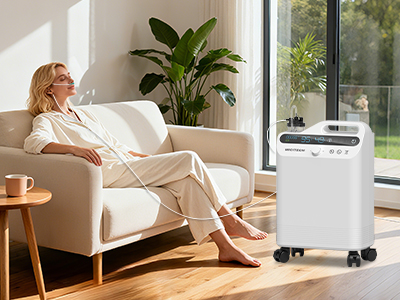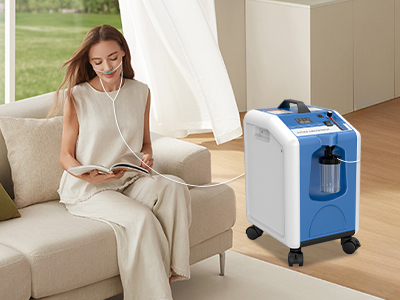17 Nov 2025
Home oxygen therapy can be life-changing—literally the breath of fresh air your lungs have been begging for. But because oxygen has an unfortunate tendency to turn even the tiniest spark into an overenthusiastic fireball, safety should be treated with utmost seriousness (wrapped, of course, in a gentle layer of humor to ease the nerves). With the right habits, you can keep your therapy effective *and* your home blissfully un-scorched.

Why Oxygen Increases Fire Risk
Oxygen itself doesn’t burn, but it behaves like that one friend who encourages everyone else to “just do it.” When oxygen saturates the air, combustible materials ignite more easily, flames burn hotter, and things escalate faster than gossip at a family reunion. Fabrics, furniture, and even your favorite recliner can become unusually eager participants in combustion if exposed to enriched oxygen.
That’s why understanding the physics behind oxygen’s fire-amplifying personality is essential. The higher the oxygen concentration in a room, the more dramatic and theatrical a small flame can become. And trust us—no one wants their living room to audition for a role as a bonfire.
Keeping a Safe Distance from Heat Sources
Space is more than a courtesy; it’s a survival strategy. Oxygen equipment needs to stay far away from heat-loving culprits. Candles, stovetops, fireplaces, space heaters, and even your cousin’s suspiciously vintage curling iron deserve a wide berth.
A good rule: imagine a protective bubble around your concentrator and tubing. A bubble of about 5 to 10 feet, preferably glowing in your mind like a magical force field. Keep oxygen equipment inside the bubble and anything hot, sparky, or flame-prone far outside it. This single precaution prevents countless potential mishaps and keeps your home feeling less like a hazard zone and more like a serene sanctuary.
Safe Use of Electrical Devices Around Oxygen
Electricity is generally friendly, but occasionally it behaves like a mischievous gremlin. When oxygen is involved, you want electrical equipment to be well-behaved, certified, and in excellent condition. Any frayed wiring, loose plugs, or malfunctioning appliances can produce sparks—tiny but treacherous.
Always plug your oxygen concentrator directly into a grounded outlet, not an overloaded power strip that’s valiantly clinging to life under the weight of twelve other cords. Avoid draping oxygen tubing over extension cords. And keep liquids far away from sockets because “electrocution meets oxygen-rich environment” is absolutely not the crossover event anyone requested.
Proper Storage of Oxygen Equipment
Oxygen cylinders should not lounge around haphazardly like exhausted penguins. They must be secured upright, stored away from heat sources, and placed in a cool, ventilated spot. A fallen cylinder can become a rocket—yes, a literal rocket—if its valve breaks. Graceful this is not.
Meanwhile, portable concentrators and accessories should be kept clean and dust-free. If equipment isn’t in use, protect it from accidental knocks or enthusiastic pets. Making storage both tidy and intentional keeps your therapy system safe, functional, and—most importantly—non-explosive.

Household Habits That Support Fire Safety
A home with oxygen therapy must adopt habits that are less “carefree chaos” and more “responsibly serene.” Smoking indoors becomes a non-negotiable no-no. Lighters and matches should be stored far from therapy equipment. Ensure household members understand the rules—yes, even the rebellious teenagers and the curious grandkids.
Kitchen safety becomes paramount too. Cooking with oxygen tubing is like performing a ballet in roller skates—possible, but ill-advised. Keep tubing behind you, secured, and away from burners. Consider using back burners whenever possible, and never cook over open flames while using oxygen. If you must channel your inner chef, ask someone else to handle the flambé portion.
Emergency Preparedness for Oxygen Users
Being prepared doesn’t mean living in fear; it means being the calm, collected protagonist of your own safety story. Install functioning smoke alarms in every room and test them regularly. Keep a fire extinguisher handy and actually read the instructions before an emergency, not during one.
Have a household evacuation plan that factors in oxygen equipment, mobility needs, and the quickest route to fresh air. Label oxygen equipment clearly in case emergency responders need to intervene. And always keep a backup oxygen supply and charged devices to avoid frantic late-night improvisation. The more prepared you are, the less likely chaos will catch you off guard.
Keywords: Oxygen Therapy
Originally published 17 Nov 2025, updated 17 Nov 2025.